Utah Nippo (2) – Kuniko Terasawa
In 1939, Uneo Terasawa passed away at the age of 58, leaving behind his wife Kuniko and two daughters.
The image is the Utah Nippo of May 5, 1939. The front page shows the telegrams of condolence and the words of condolence, and the third page shows the funeral.
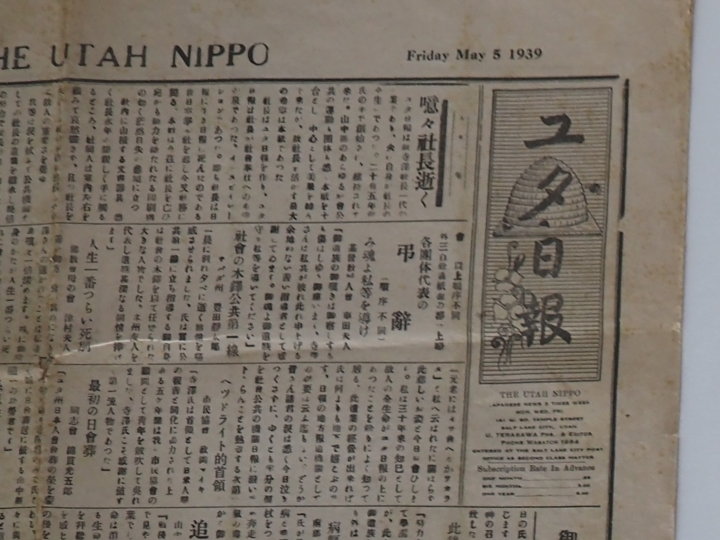
Kuniko had planned to close down the newspaper and return to Japan, but when she heard from those attending the funeral that they wanted her to continue publishing the Utah Nippo, she decided to become the president.
On page 3, we see Kuniko’s speech at the funeral, in which she expressed this determination.
“Uneo Terasawa’s last wish was to continue to publish the Utah Nippo. No matter how difficult it may be for me, I cannot ignore my late husband’s wishes and return to my own country.
I would like to rebuild the Utah Nippo if it is possible, even if I have to rely on the support of all of you, the volunteers and the readers. (omission) If you will take pity on me and help me, I am ready to follow my late husband’s will and die with the newspaper."
Kuniko learned to drive a car, traveled around collecting money, and struggled to rebuild the business.
She also added an English-language part to the paper to increase the number of second-generation immigrant subscribers, many of whom could not read or write Japanese. (However, since the paper only had Japanese-language type, it was costly to outsource English-language writing.)
In December 1941, the war between Japan and the U.S. broke out.
On December 11, the FBI visited the Utah Nippo and ordered its closure.
About two months later, only the Utah Nippo and two other newspapers were allowed to publish. It appears that the government decided that some Japanese-language newspapers were necessary to convey government directives and orders to Japanese-emigrant.
While the newspapers were closed, something significant happened to the Japanese Americans. Roosevelt authorized the Army to evict Japanese Americans from military areas. (Executive Order 9066).
All Japanese Americans were evicted from the West Coast and southern Arizona, and 120,000 were interned in concentration camps in the mountains.
People in the camps wanted information, and when they heard about the Utah Nippo, more and more people subscribed to it. The circulation was about 2,500 immediately after the war began, but at one point it increased to 10,000.
The August 15, 1945 edition of the paper.
The headline “the World War Ends" is in the middle of the first column.
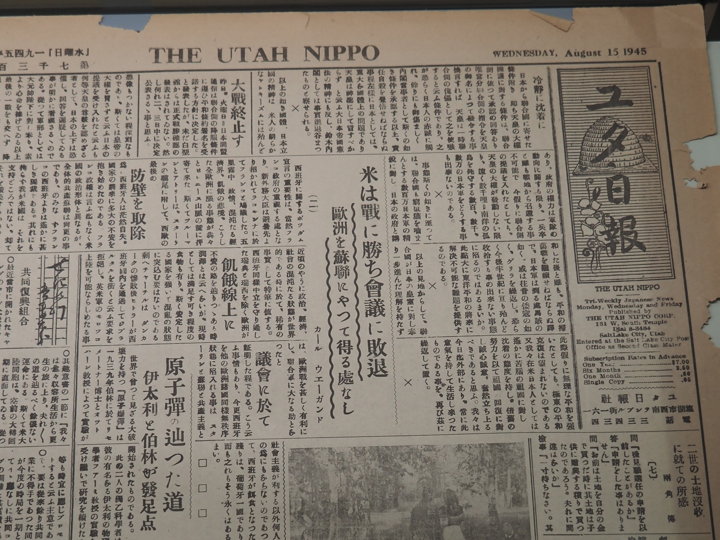
“Yesterday, Tuesday, the Japanese Alliance News Agency said that Japan decided to accept the signing of the peace treaty in accordance with the terms of the Allied surrender. However, the White House has not yet officially announced the victory. But, I expect a decision will be announced in a few days."
As the war ended, many Japanese American newspapers were reprinted or launched, and the population of the first generation of Japanese emigrant, who needed Japanese-language newspapers, dwindled, so did the circulation of the Utah Nippo. The frequency of publication decreased from three times a week to twice, then once, and finally to a monthly publication.
After the death in 1977 of the last employee who had supported the company as the lead writer, only Kuniko and her daughter continued to publish the Utah Nippo.
The circulation was down to about 570 copies. But even so, Kuniko was told from a reader who paid in advance, “I will pay the subscription fee for three years. When it reaches zero, please stop sending me the paper. I will also be dead by then probably".
Kuniko had said, “As long as there are people waiting for the newspaper, I will continue to publish it as long as I live".
She passed away in 1991.
With her death, the Utah Nippo ended its history.
The photo shows the last set of the bulletin, which was on display at the event. (Collection of the Matsumoto City Central Library)
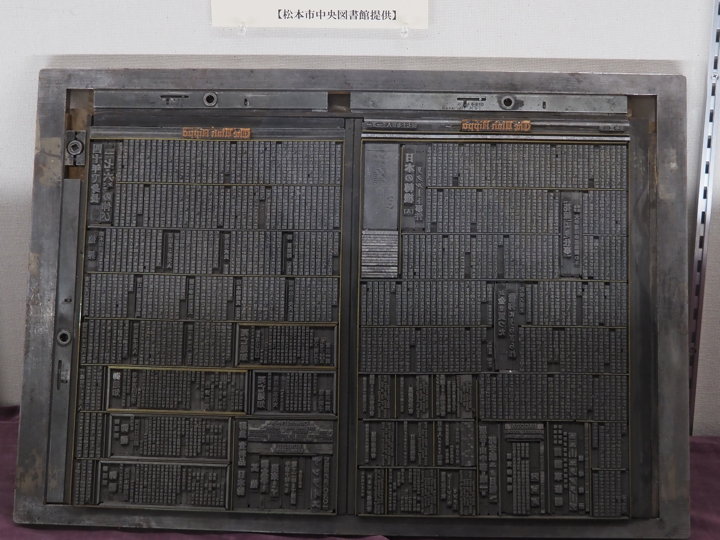
This was scheduled to be published in the spring of 1991, No. 11,877. It was typeset but never printed.
(To be continued)
[Reference] (written in Japanese)
* Exhibition “Uneo Terasawa and the Utah Nippo" (Takamori Town History and Folklore Museum / 2022)
* “Grandma’s Utah Nippo" (Fuyuko Kamisaka / Bungeishunju / 1985)
* “Yuta Nippo Grandma, Kuniko Terasawa" (written by Fuyuko Kamisaka and pictured by Satoshi Kako / Zuiunsha / 2004)
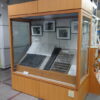
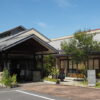
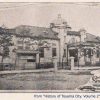
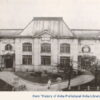
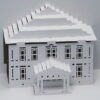
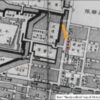

Recent Comments